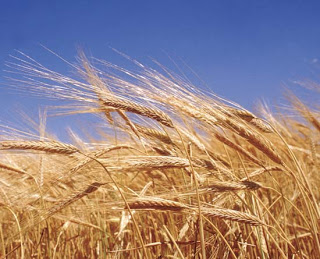Kirk Johnson
NY Times
Wheat got a bad rap in the 1930s, and has been faulted in environmental retrospectives ever since as the crop that caused the Dust Bowl in the Great Depression. It’s only partly true, of course –- it could have been any of a number of other crops that boomed too hard in the go-go 1920s, causing too many small farmers on the high plains to plant too much on land too fragile to sustain the load. Drought and the collapse of farm prices did the rest. A newly vulnerable landscape peeled up from its moorings and blew away before the eyes of a horrified nation.
On a recent reporting trip to southeast Colorado — one of the epicenters of Dust Bowl disaster — I saw how the wounds of that time still haven’t healed, and how the region’s tangled relationship with wheat still twists in the wind.
The drought in Russia this year, and that country’s decision to close off grain exports so it can feed its own people, have pushed wheat prices sharply higher all over the world and prompted many farmers in places like Baca County, Colo., bordering both Kansas and Oklahoma, to consider planting more next month as the sowing season begins.


Be the first to comment on "Dust Bowl Haunts Wheat Farmers"